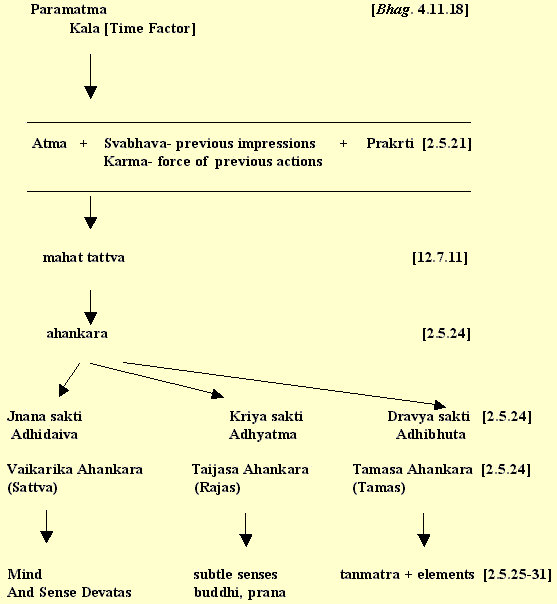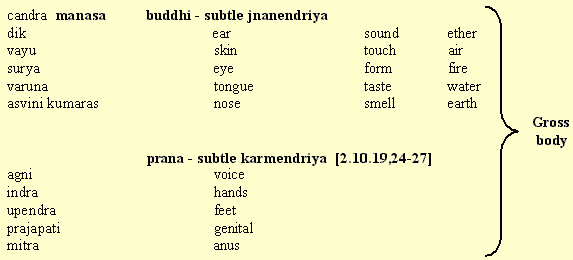In2-MeC
newly discovered entries of In2-DeepFreeze First Generation Animations

Essay Two:
Part Three:
Vedic Depth Psychology
The exponents of Depth Psychology have compared our mind to the tip of an iceberg floating on the surface of water. A large part of the iceberg is under the water level and only a small portion of it is visible to the naked eye. The portion of the iceberg which is visible to us is just 1/8 of the entire body of ice. Hence 7/8 part thereof is submerged and cannot be seen.Depth psychology was pioneered by C. G. Jung (1875-1961). Early in his career Jung was Sigmund Freud’s foremost disciple, but he broke with his teacher to establish his own school. In 1912 he published The Psychology of the Unconscious, still a groundwork for the depth psychologists of today. Jung was considerably influenced by the picture of the mind that the sage Patanjali gives in the Yoga-sutras. Patanjali, in turn, derived his schema from the Vedas. The Western version of depth psychology is typically eclectic. It can be characterized as a New Age discipline—almost a contradiction in terms, since New Age ideas are not known for adhering to disciplined thinking. Today’s depth psychologists freely bring mythology, drug experiences, ESP, shamanism and sheer fantasy to their work of probing into the hidden inner region of mental structures and processes. The germ of depth psychology is Vedic knowledge, and Vedic knowledge is not merely a working hypothesis. The image of an iceberg—one-eighth visible above the watery surface, seven-eighths hidden below—is a useful entry into our understanding of the Vedic description of the mind. What is hidden is not fluid and amorphous, something we can give shape to by our speculations. The hidden mind is formed of the very real and powerful energies of the Supreme Lord. Since this essay is intended to present only a schema, and since the elements of Vedic depth psychology will be developed in later essays, I shall present here a simple outline of the structure of the mind as it is described in Srimad-Bhagavatam and traditional Vaisnava Vedanta. The outline is presented in two parts. The first is vyasti-oriented. It shows the structure of the subtle body as it applies to a single human being. It shows “your” mind. The second part of the outline is samasti-oriented. It shows the mind’s relation to the universe. My thanks go to HH Bhanu Maharaja for the first diagram, which he visualized after careful study of Srimad-Bhagavatam. The scriptural references in parentheses are my own addition to Maharaja’s expert work. The second diagram I drew up from the work of Gitartha Vibhusana Siromani C. M. Padmabhachar, a Vaisnava and scholar of the Madhva Sampradaya. He nicely summarized Madhva’s Vedanta philosophy of the mind’s hidden relation to the universe in Life and Teachings of Sri Madhvachariar, published by the author in 1909 and republished by his grandson in 1983.


| Seven Worlds |
Predominant Element |
Kosa |
Body |
| Satya-loka |
Akasa |
Anandamaya |
Karana-deha |
| Tapa-loka |
Vayu |
Anandamaya |
Karana-deha |
| Jana-loka |
Vayu |
Anandamaya |
Karana-deha |
| Mahar-loka |
Agni |
Prana-/Mano-/Vijnanamaya |
Linga-sarira |
| Svarga-loka |
Agni |
Prana-/Mano-/Vijnanamaya |
Linga-sarira |
| Bhuvar-loka |
Apa |
Prana-/Mano-/Vijnanamaya |
Linga-sarira |
| Bhur-loka |
Bhumi |
Anna-/Prana-/Mano-/Vijanamaya |
Sthula-/Linga-sarira |